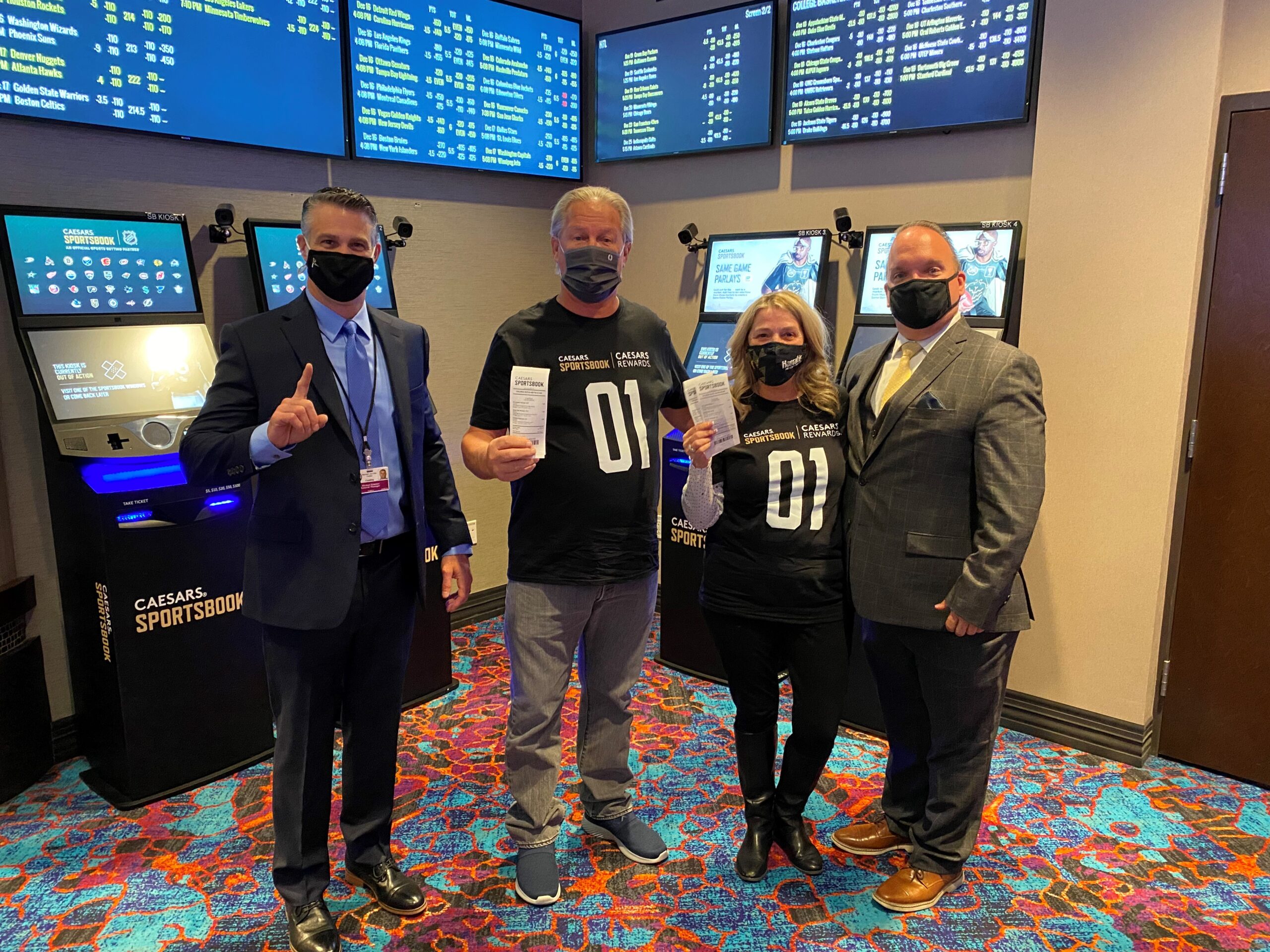
Pay per head software
Top pay per head software allows sportsbooks to delve into the numbers and individual player behavior. This type of analytics is important for improving the bottom line of sportsbooks. By understanding the behavior of players, sportsbooks can increase revenue and hold more betting action. Typically, sportsbooks are operating on thin margins, so the higher the hold percentage, the more money they make.
Pay per head software can be customized to suit the unique needs of a sportsbook. A bookie can work with their in-house IT staff to tweak the software and make it look just how they want it. In this way, pay per head software can help a sportsbook’s online business.
Size of a sportsbook
The size of a sportsbook varies greatly. Depending on the operator, location, and programming needs, sportsbooks can range anywhere from 2,500 square feet to 12,000 square feet. Larger sportsbooks will typically offer more amenities and higher betting limits than smaller ones. However, the size of a sportsbook will also influence its overall gaming experience and customer service.
Aside from size, other factors that influence betting experience include the software used, the number of betting options available, and customer service. Larger sportsbooks typically offer more betting options and more friendly customer service. However, smaller sportsbooks might have limited customer service or limited options, which may be frustrating for new users or those with specialized betting preferences.
Returns on parlay bets
Parlay bets offer a high potential for winning in the long run. Depending on the sport and the line, parlays can offer a five-to-one odds advantage. They also come with a higher variance than single wagers. For this reason, bettors should carefully examine the lines and payouts offered by sportsbooks.
The number of “legs” in a parlay is one of the most important factors in determining the payout. Parlays that contain fewer teams have higher payouts than those with more. The odds of winning a parlay depend on the number of “legs” in the bet, and the risk involved.
